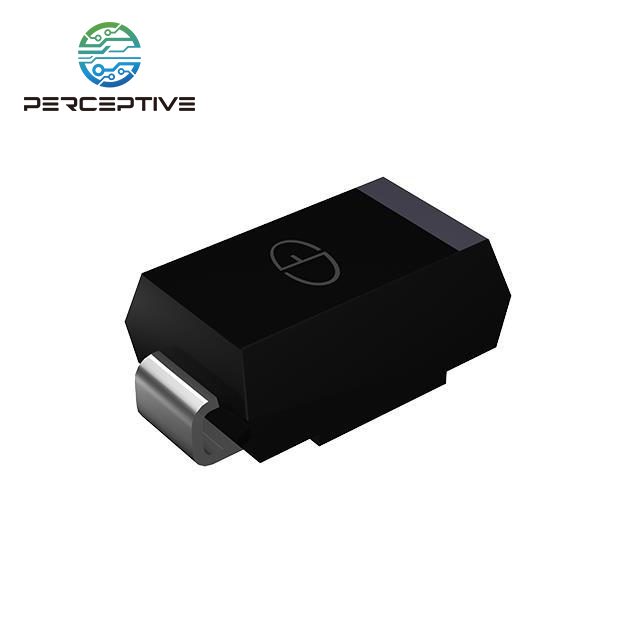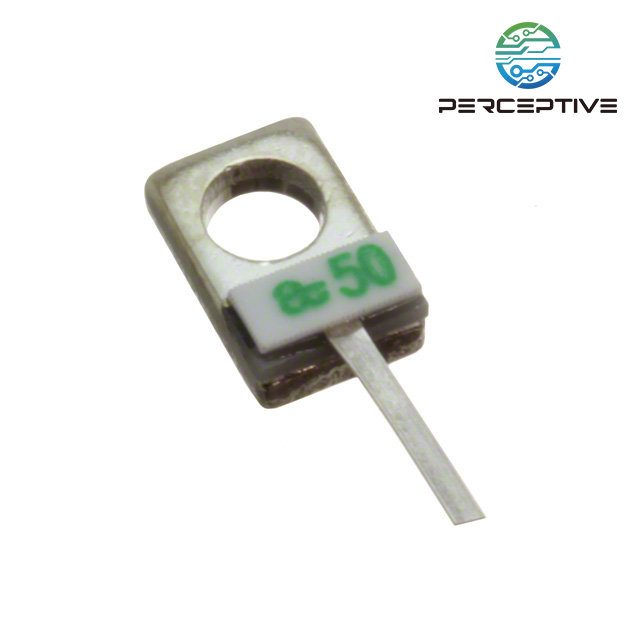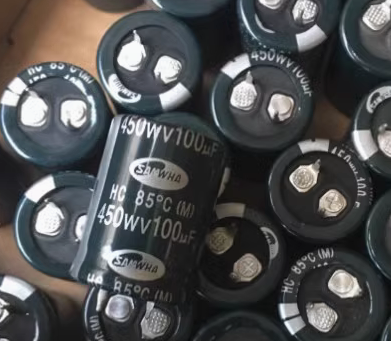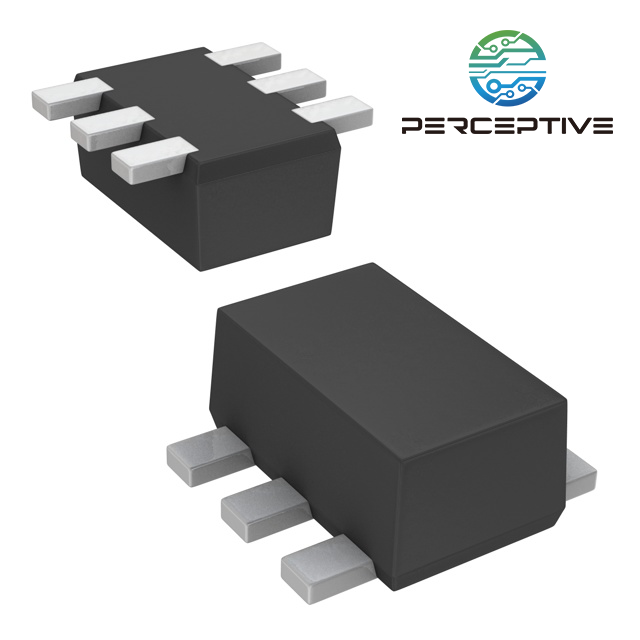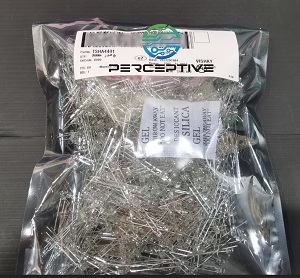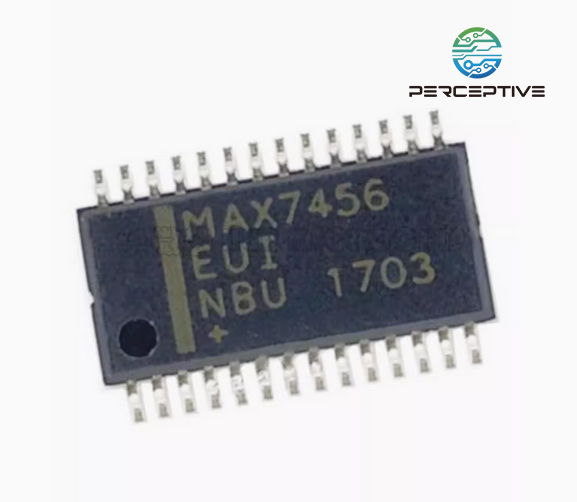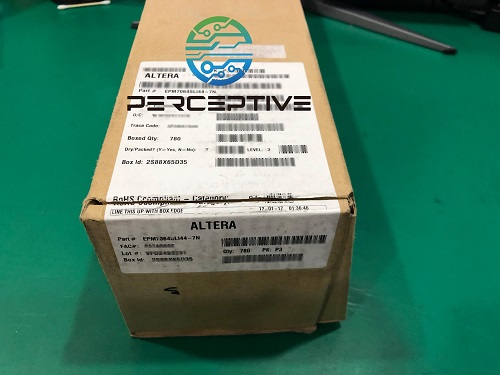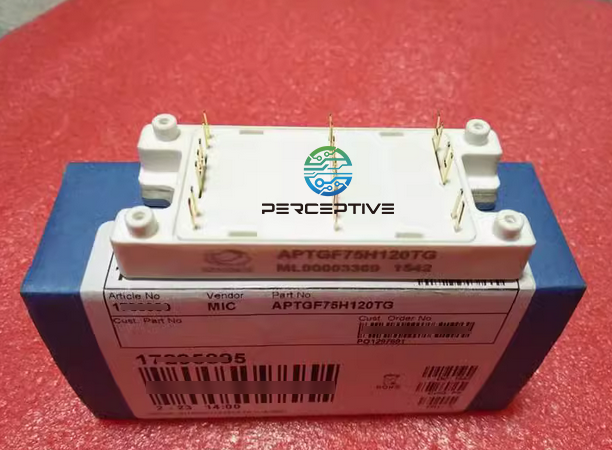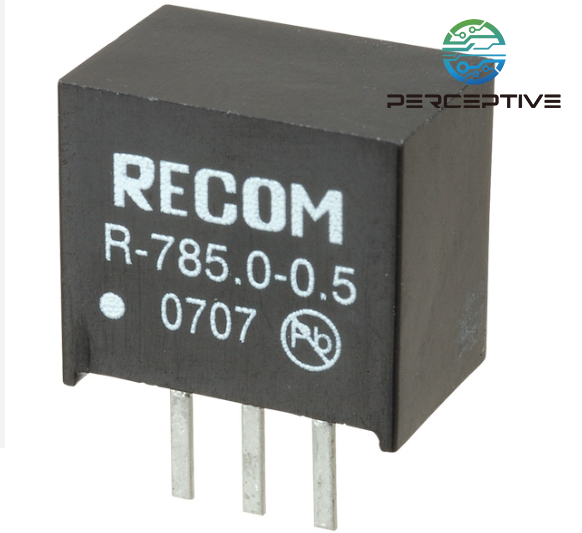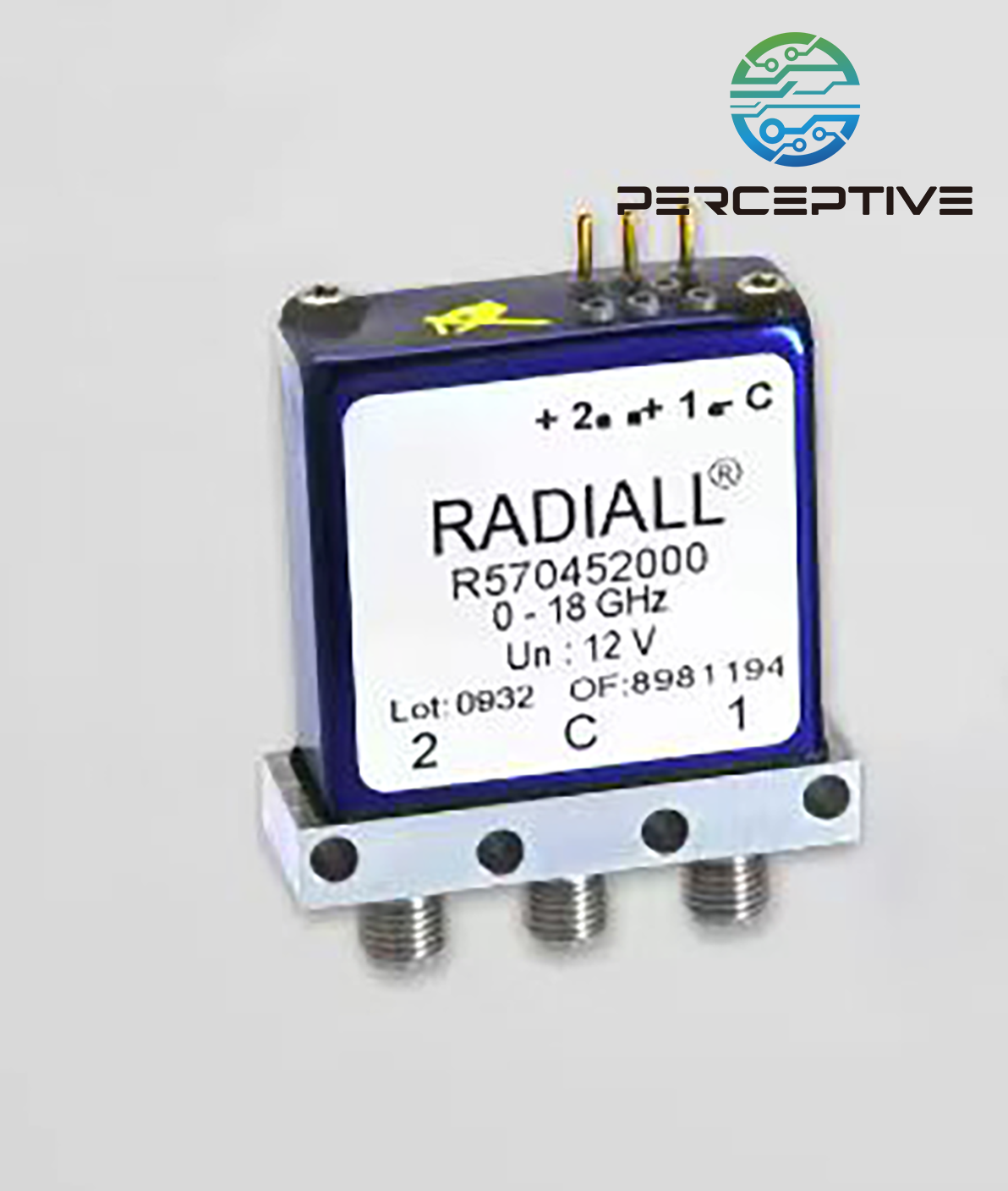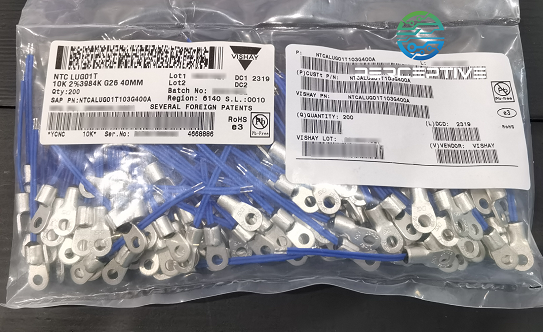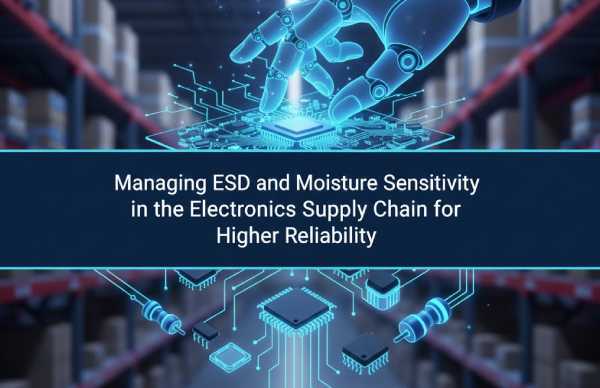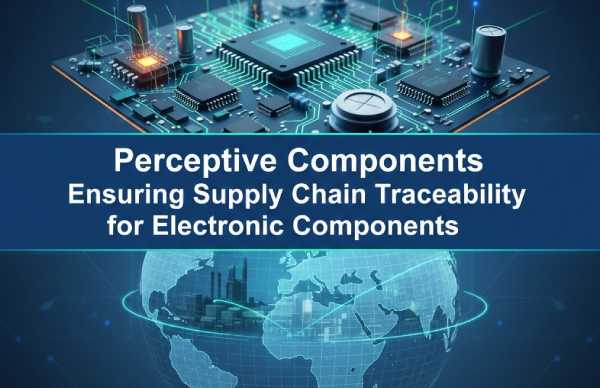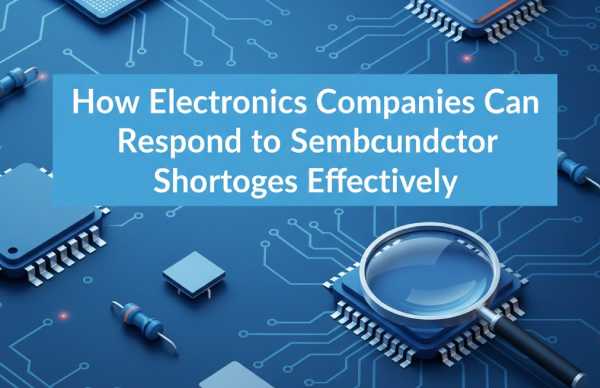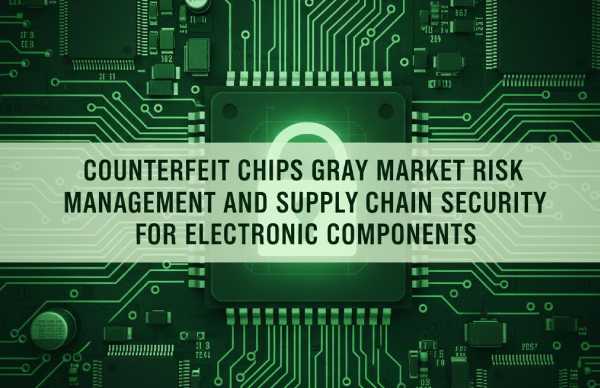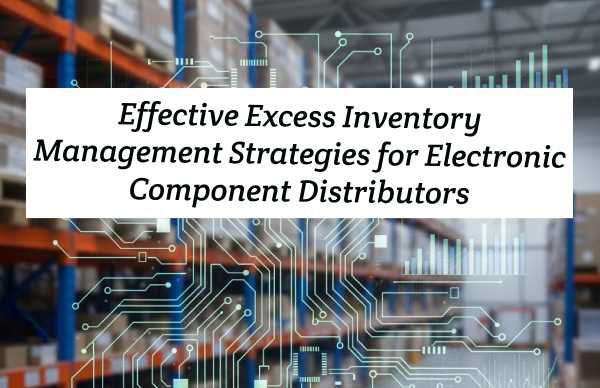In recent quarters, the global electronic components market has shown early signs of recovery, and discrete semiconductors and memory chips are among the segments leading this silent comeback. After a challenging period of oversupply, inventory corrections, and cautious demand, industry data now indicates that procurement managers should keep a close eye on how certain categories are quietly warming up again.
The Context Behind the Rebound
The downturn that started in late 2022 and stretched through most of 2023 hit the memory sector particularly hard. DRAM and NAND flash prices collapsed as manufacturers struggled with surplus stock and reduced orders from major OEMs. Discrete semiconductors—such as diodes, transistors, and MOSFETs—also experienced softer demand, especially in consumer electronics.
However, the broader macroeconomic environment is stabilizing. As inflationary pressures ease and interest rates normalize in some regions, end-user demand is slowly reviving in automotive, industrial, and data center markets. Combined with strategic production cuts by memory giants and tighter capacity planning for discretes, the stage is set for a more balanced supply chain.
Memory Chips: Production Cuts Are Paying Off
One notable trend is the DRAM and NAND flash sector's disciplined output reduction, which has started to push up contract prices in the first half of 2025. Major suppliers like Samsung, SK Hynix, and Micron began scaling back production aggressively in 2023, and the effects are now visible. DRAM average selling prices (ASPs) rose about 20% in Q2 2025 compared to the same period last year, according to several industry reports.
Enterprise SSD demand is rebounding thanks to AI infrastructure rollouts and server upgrades. In the consumer space, gaming PCs and smartphones are also seeing cautious restocking as brands prepare for seasonal releases. For procurement professionals, this means lead times could tighten if demand outpaces the slow ramp-up of new wafer starts.
Discrete Components: Power Components Lead the Way
On the discrete side, power semiconductors are showing robust signs of life. Automotive applications are a key driver—EVs, charging infrastructure, and advanced driver-assistance systems (ADAS) require high volumes of MOSFETs, IGBTs, and diodes. Many Tier 1 automotive suppliers report healthy order books extending into 2026.
Similarly, the industrial sector's push for energy efficiency and automation is sustaining demand for robust power discretes. Silicon carbide (SiC) and gallium nitride (GaN) components, once niche, are expanding in adoption due to their efficiency and thermal performance benefits. While standard commodity discretes remain stable, specialized power components are facing increased lead times and modest price upticks.
How Should Procurement Teams Respond?
The quiet rebound in these categories should prompt buyers and supply chain managers to revisit inventory strategies. Here are three practical suggestions:
Monitor ASP Trends and Lead Time Changes
Keep track of quarterly ASP reports from major memory and discrete manufacturers. If prices continue climbing, locking in key orders earlier can mitigate cost spikes and delivery risks.Diversify Approved Supplier Lists (ASLs)
The memory sector is heavily consolidated among a few big players. Expanding your ASL to include reputable distributors with real-time inventory visibility helps navigate sudden demand shifts. For discretes, consider alternative packaging or pin-to-pin equivalents if lead times stretch for certain grades.Leverage Authorized Distributors for Spot Buys
When markets tighten, grey market offers can be tempting—but come with risks of counterfeits or quality issues. Trusted distributors with quality control processes can bridge short-term gaps safely when OEM lead times are too long.
A Look Ahead
While no one expects a dramatic surge overnight, the signs of stabilization are encouraging. The memory market, often a bellwether for broader semiconductor cycles, shows that strategic output cuts work when demand fundamentals remain healthy. For discrete components, the structural growth drivers—EVs, renewables, automation—are likely to support steady volumes even if consumer electronics stay muted.
For buyers, the next months will test how well supply chains have learned from the boom-and-bust swings of the past few years. Those who stay alert, adjust forecasts proactively, and maintain flexible sourcing channels will be best positioned to ride this quiet wave of recovery.
At Perceptive Components, we continue to monitor global supply trends daily and help our customers adapt sourcing plans to shifting market realities—ensuring they stay ahead as the industry recalibrates for its next growth phase.


